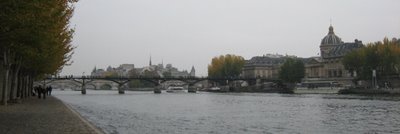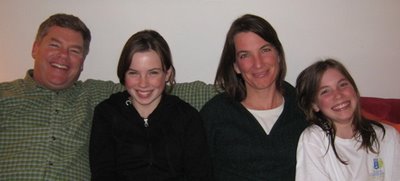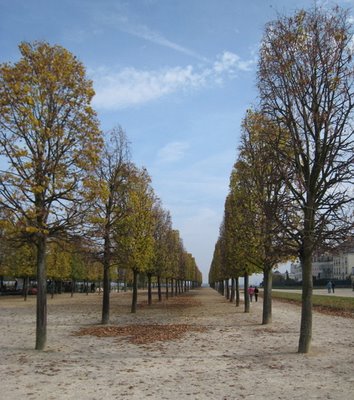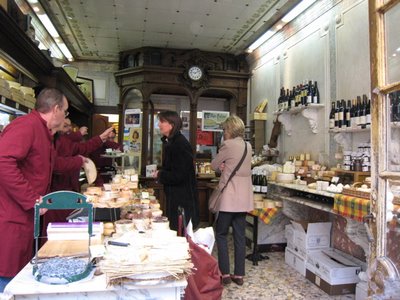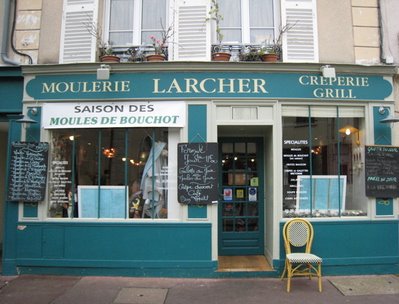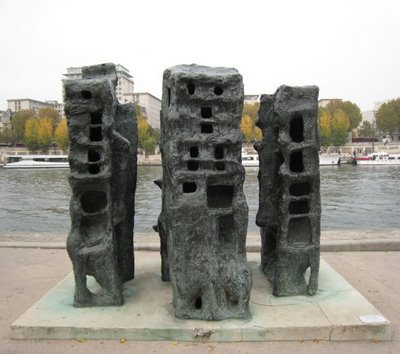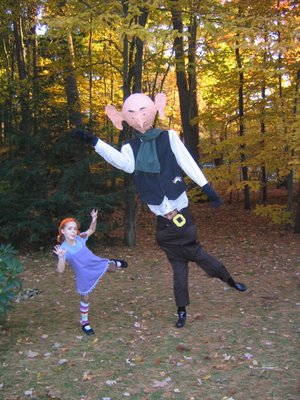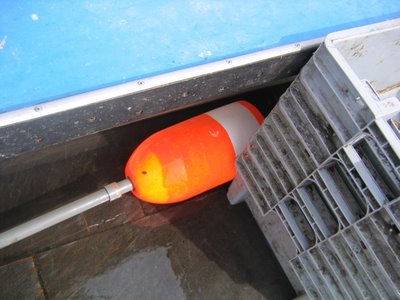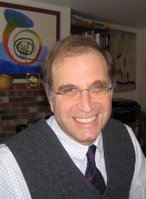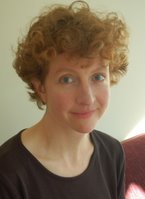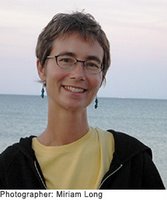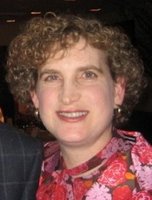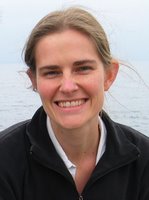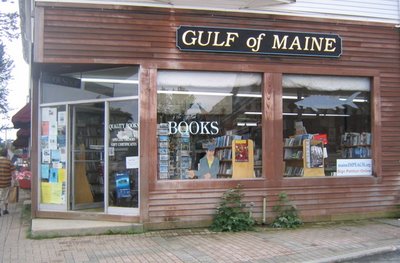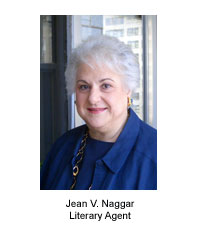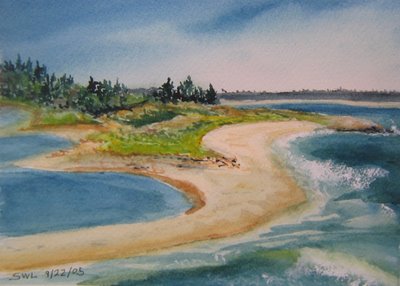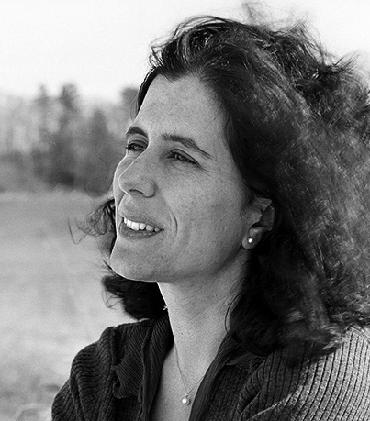Lord & Lady Krebs at Jesus College

The best fun of writing is playing location scout. It gets me out of my office and takes me to settings I could not have imagined. Last week I visited Jesus College. Our guide was the Principal himself, Lord Krebs.
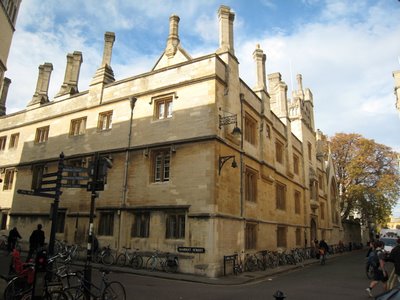
Oxford colleges remind me of gemstones. On the outside most look the same in weathered sandstone, but inside are glittering jewels, each one unique and full of history. Many are closed to the public. These ancient rocks are hard to crack.
The Oxford Newcomer’s Club is designed for the other halves. Our husbands/wives/partners are working or studying at the University. The club takes pleasure in arranging special insider tours only for us. The organizers are mostly academic spouses themselves and can relate to our displacement and isolation.
The inner courtyards are quiet and laid with perfect grass, but don’t step on it! It feels like a castle or a monastery. That makes sense since many Oxford colleges were started as religious instituitions. Jesus College was founded by royal charter in 1571, making it one of the middle-aged colleges. The earliest ones date from the thirteenth century.
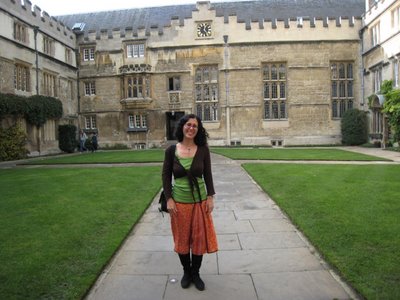
Each college is like an archeological dig with visible layers of history. Behind me in the first quad photo you can see the original sandstone of the dining hall, pitted with time. To my right is the oldest part of the college, but the third floor and those battlements were later additions. To my left is the principal’s residence.
Queen Elizabeth I founded Jesus College for the purpose of converting the Welsh to Protestantism by training clergymen for the recently established Anglican Church. The queen herself came from a Welsh family, the Tudors. The benefactor, Hugh Price, endowed it with the income from his Welsh estates. It was his idea to start the college. His income was not sufficient, but later graduates have contributed generously to make Jesus one of the wealthier colleges. Traditionally the students were predominantly Welsh, although reform has made the student body more diverse. It is still called the Welsh college.
Lady Krebs is Welsh, but her husband is not. They are both biologists. She used to teach at a girls’ technical college, and he has been a professor of ecology. He is now devoted to running Jesus College. His father, the former Lord Krebs, was also an Oxford college principal. Despite their lofty titles, I found the Krebs to be very warm and engaging. They were more Katharine and John than his lady and lordship.
Upon hearing that I was American, John smiled and told me the story of his summer in the States. He had taken a research job at Woods Hole on Cape Cod. At lunchtimes he snuck off to sail. Later he drove with his friends cross-country in a red Mustang.
We laughed over the words that mean one thing in English and another in American. A torch is a flashlight, and a rubber is not something you pull over your shoes to keep them dry. The amusing misunderstandings between the two cultures, despite a common language, will be a theme in my third novel. John and Katharine suggested some reading material for my research. They are eager to read NOT CRICKET one day.
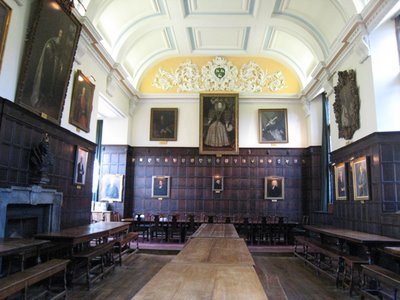
Seeing inside the college was an inspiration. The double courtyard windows flooded the dining hall in sunlight. On the walls hung austere portraits of the founders and famous graduates such as Lawrence of Arabia, Harold Wilson and John Nash.
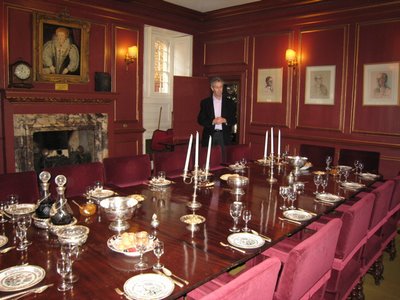
We also visited the old bursary where special guests go for dessert, port and even snuff under the eyes of Queen Elizabeth. There were many portraits of their royal founder in the college. King Charles I’s gold watch resides inside a glass display case. The silver postdates the republic years. During the Civil War, all the colleges had to donate their silver to flatten into coins to pay the soldiers. It amazes me that the Brits went back to a monarchy, but perhaps this is easier to understand if all the nobility were as charming and gracious as the Krebs.
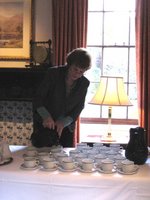 Our college tour ended at the principal’s residence. Katharine served us coffee and cakes, and then John showed us around upstairs. I don’t think I have ever been inside a lovelier dwelling although it was very formal. Delft tiles lined the fireplaces. The large window overlooking the quad and private gardens made the space light and airy, especially on this rare sunny day.
Our college tour ended at the principal’s residence. Katharine served us coffee and cakes, and then John showed us around upstairs. I don’t think I have ever been inside a lovelier dwelling although it was very formal. Delft tiles lined the fireplaces. The large window overlooking the quad and private gardens made the space light and airy, especially on this rare sunny day.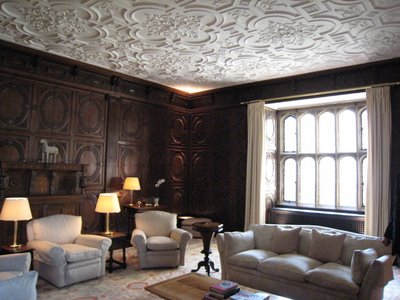
On the walls hung portraits of former principals and impressionist paintings borrowed from the Ashmolean Museum. The oddest portrait was of a vegetable seller with a monkey on her shoulder. The monkey was a trick to lure customers into buying more produce. It was very unusual to have an oil painting of a commoner during the Renaissance.
 After coffee, I wandered around Oxford soaking up the setting and taking photos of the turning leaves and golden buildings. Despite being November, it was so warm I had lunch outside. My mind raced with ideas for NOT CRICKET. Should I use a real college or make one up? Lovers kissing became characters, and I walked their paths with a light step. On days like this I feel I have the best job in the world.
After coffee, I wandered around Oxford soaking up the setting and taking photos of the turning leaves and golden buildings. Despite being November, it was so warm I had lunch outside. My mind raced with ideas for NOT CRICKET. Should I use a real college or make one up? Lovers kissing became characters, and I walked their paths with a light step. On days like this I feel I have the best job in the world. 
On the weekend my husband and I saw Elizabeth: the Golden Age. The cinematography was stunning and the acting was almost good enough to make you ignore the weak script. “There is a wind coming which will sweep away your pride,” says the Spanish Ambassador. Honestly! Forget the Virgin Queen, she was the Cliché Queen. The King of Spain and his mini-me daughter were Monty Pythonesque. Nobody expects the Spanish Inquisition or the Addams Family. Still, the talented Cate Blanchett was worth seeing. Even if this sequel was disappointing after the perfection of the first, Elizabeth I was a fascinating character. How amazing to leave the theater and pass the college she had founded.
Labels: art, England, movies, Not Cricket, Oxford, schools, writing
